In this post, you’ll get to know the story of Tara, the Tibetan Goddess of Healing, considered to be the Feminine Buddha. Get to know her symbols, the meaning of her mantra and much more!
You can watch the video below if you prefer:
Contents
The story of Tara
Tara has different origins. She is found in Hinduism as a manifestation of Goddess Parvati and Goddess Kali. In this manifestation, she shows a calm aspect but she also carries a sword capable of killing demons.
Tara as a Goddess of Healing and Compassion, the Female Buddha, also has different origins.
Tara emerges from Avalokiteshvara
One version states that Avalokiteshvara, a deity of compassion with a thousand arms who bears male and female aspects, was observing how people were suffering in this world and in others.
He/She tried to help everyone, but there were too many people asking for help. In a specific moment, Avalokiteshvara dropped a tear from his eye and this tear fell into a lake. When the tear touched the lake, a Lotus Flower appeared and, from inside this Lotus Flower, Tara emerged.
This version, as well as the relation between Tara and Avalokiteshvara, makes Tara similar to Kuan Yin, the Chinese Goddess of Compassion. In fact, both share many similarities, including some symbols and powers. However, their stories and mantra are different. Tara is extremely popular in Tibet and Kuan Yin is in China.
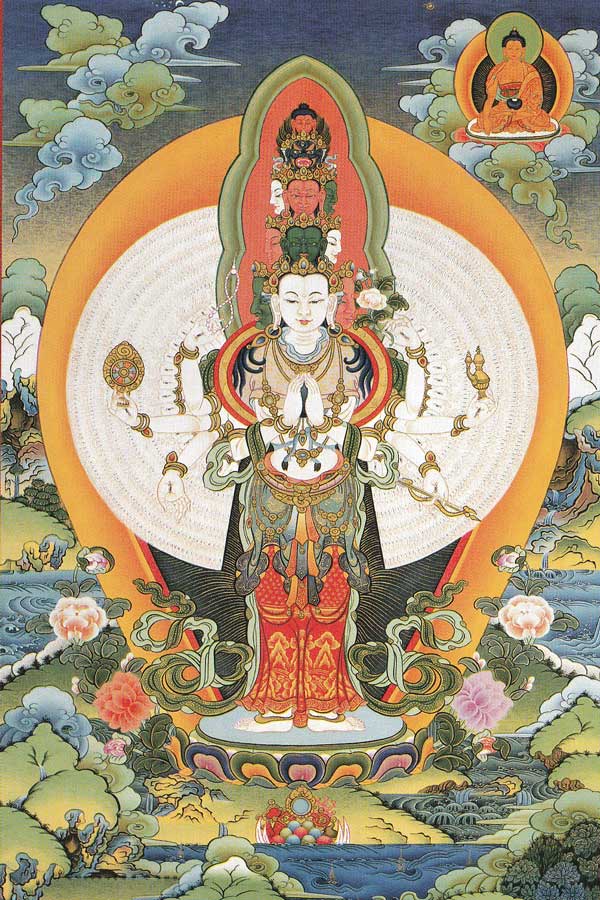
Yeshe Dawa becomes Tara
Another story, accordingly to Tibetan Mythology, states that Tara is the supreme form of a princess called Yeshe Dawa (Moon of Primordial Awareness). This princess lived millions of years ago in a world, or dimension, different than ours.
Yeshe Dawa used to make many offerings to Buddha and she wanted to reach enlightenment. However, the temple monks told her one day that she should pray to be reborn as a man because a woman would never be able to reach the enlightenment.
Yeshe Dawa said that gender was not an obstacle to reaching enlightenment. So she affirmed that she would be reborn as a woman as long as it was necessary.
So, during 10 million years, Yeshe Dawa meditated and helped millions of beings to be free from their sufferings.
At the end of this cycle of meditations, Yeshe Dawa was reborn as Tara, the Goddess of Healing, the Female Buddha. At this moment she transcended her world and started to live in all worlds simultaneously.
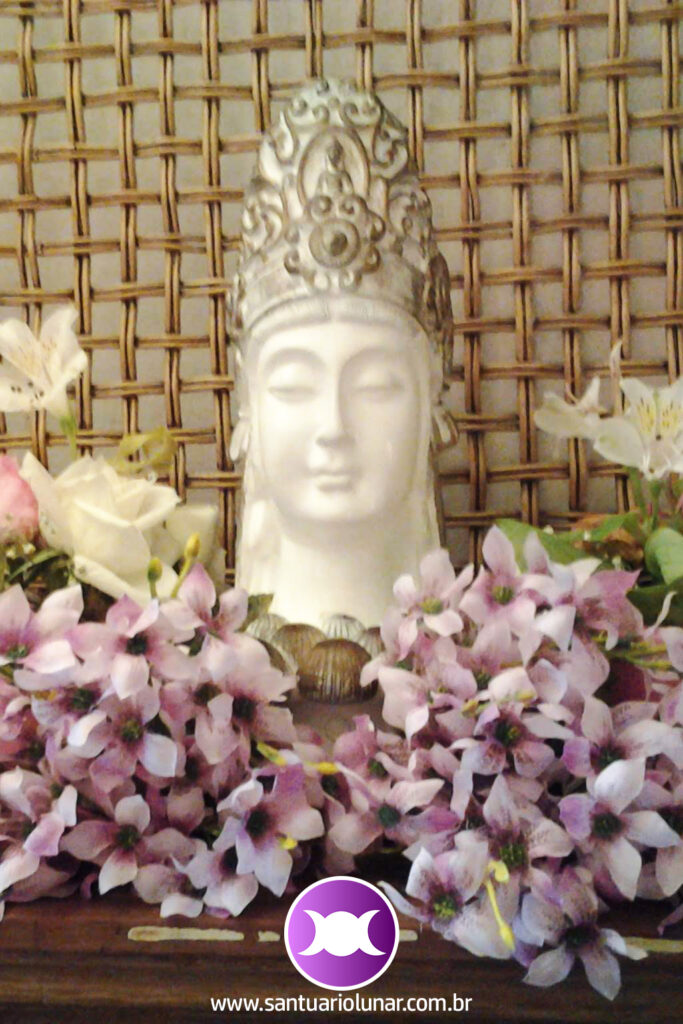
Symbols of Goddess Tara and her colours
Tara has 21 different manifestations and some of them are sorted as colours. Hence, the most popular and well-known manifestations are Green Tara and White Tara.
Green Tara is related to the ability to reach enlightenment and to help everyone who needs to overcome obstacles and difficult times. This way, we can conclude that Green Tara has similar powers to Ganesha, the remover of obstacles.
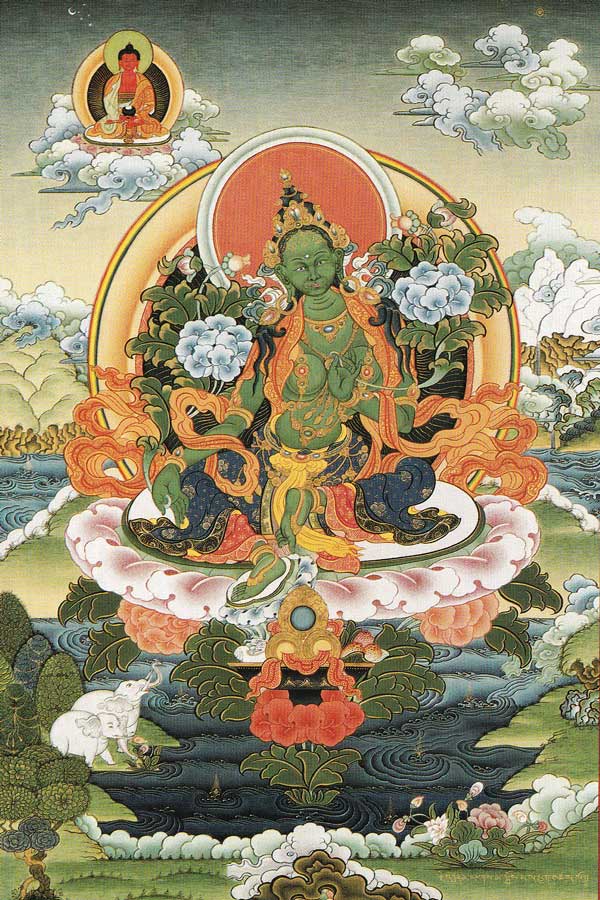
White Tara is related to healing. It is said that she can heal any disease. Besides that, White Tara has enormous compassion to all living beings and she is always helping everyone to get rid of their sufferings. In this aspect, she is similar to Kuan Yin.
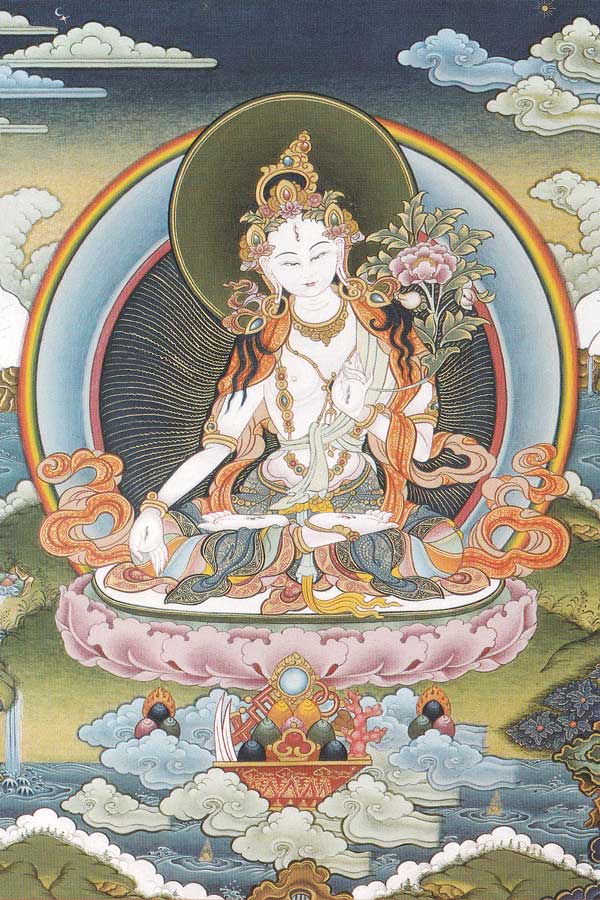
Regardless of the manifestation or colour of Tara, she is always depicted on a Lotus Flower, symbolizing lightness, purity and the ability to thrive. So, the Lotus Flower is Tara’s main symbol – and remember that she emerged from a Lotus Flower created by Avalokitehsvara’s tear.
Balance and healing
The balance and power of healing are the most remarkable features of Tara. The ability to meditate and enter into contact with ourselves requires a lot of discipline and tranquillity. It may seem hard in the beginning, mas Tara makes herself present and offers help.
Studies have already concluded that meditating for some minutes per day is capable of enhancing our productivity, our concentration skills and it can also heal diseases and expand our lifespan. All we have to do is to think a little bit and we will know for sure that meditating and bringing Tara into our lives is a great deal.
Therefore, if you’re feeling a little bit ill, meditate with White Tara for healing. If you’re feeling that something is blocking your life, meditate with Green Tara.
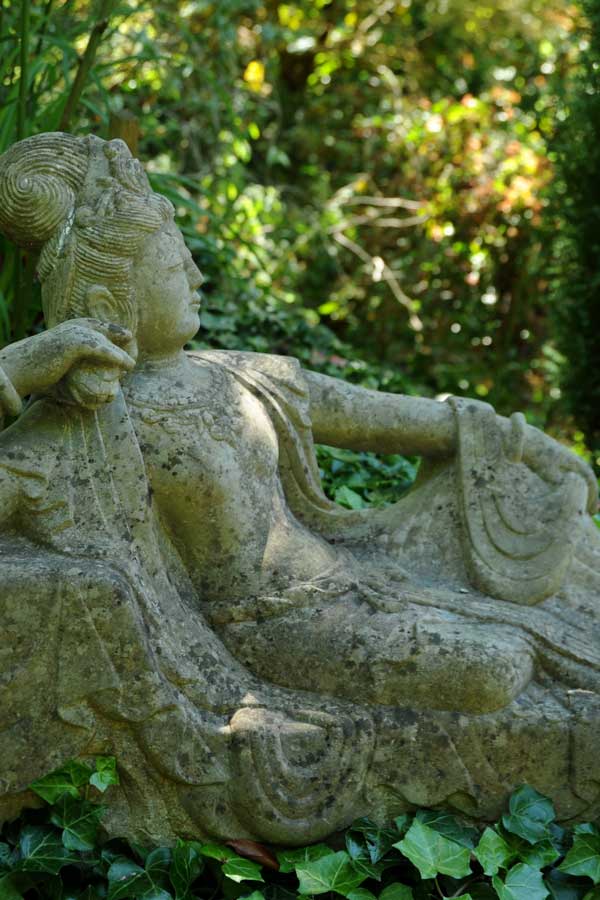
Tara can be summoned through her mantra:
Om Tare Tuttare Ture Soha
“I prostrate to the Liberator, Mother of all the Victorious Ones”
The Goddess Tarot
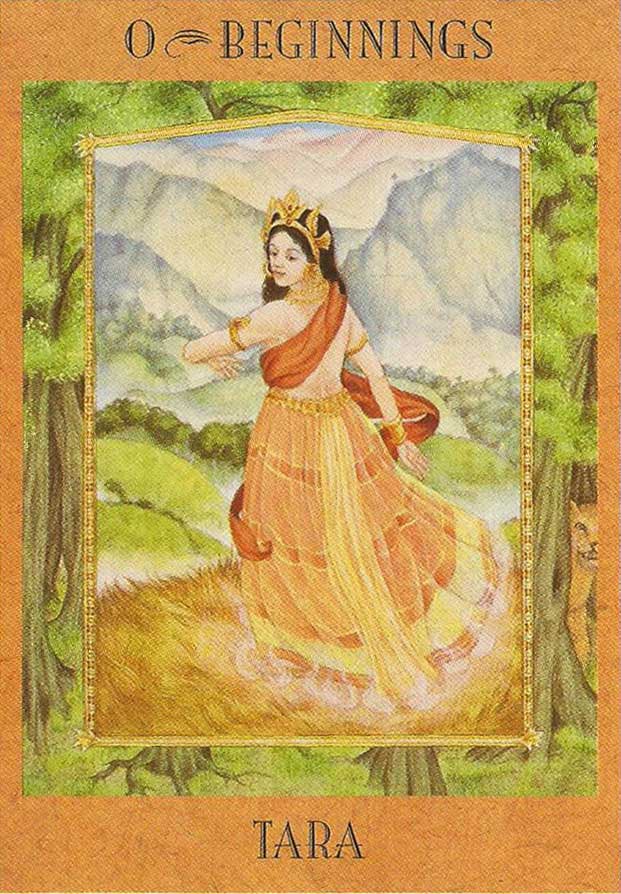
Tara is one of the Goddesses present in the Goddess Tarot Deck. The card 0, Tara, represent the Beginnings:
Tibetans believe that the goddess Tara has the power to heal all sorrows and grant all wishes. Tara is honored as the protectress against the many fears that block men and women from living in happiness and harmony.
The Goddess Tarot
General FAQ
Who is Goddess Tara?
Tara is the Tibetan Goddess of Healing, considered to be the female version of Buddha.
Why Green Tara and/or White Tara?
Tara has 21 different manifestations. Green Tara is related to enlightenment and to the removal of obstacles. White Tara is related to healing and compassion.
Is Tara and Kuan Yin the same?
No. Both Goddesses have the same origin from Avalokiteshvara and share some similarities, but they are different deities.

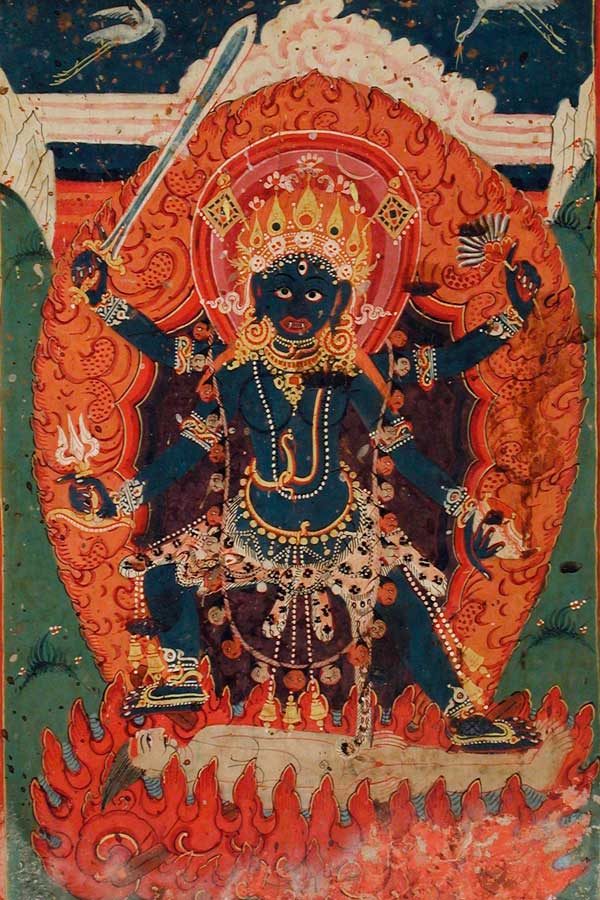
thx that was useful information.
You’re welcome! Thank you!